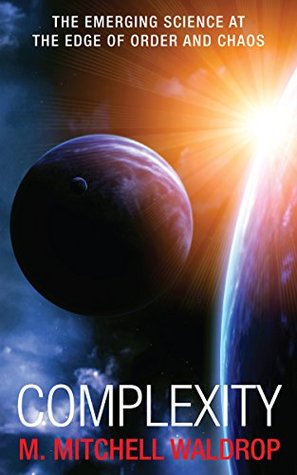Increasing returns isn't an isolated phenomenon at all: the principle applies to everything in high technology. Look at a software product like Microsoft's Windows, he says. The company spent $50 million in research and development to get the first copy out the door. The second copy cost it—what, $10 in materials? It's the same story in electronics, computers, pharmaceuticals, even aerospace. (Cost for the first B2 bomber: $21 billion. Cost per copy: $500 million.) High technology could almost be defined as "congealed knowledge," says Arthur. "The marginal cost is next to zilch, which means
Increasing returns isn't an isolated phenomenon at all: the principle applies to everything in high technology. Look at a software product like Microsoft's Windows, he says. The company spent $50 million in research and development to get the first copy out the door. The second copy cost it—what, $10 in materials? It's the same story in electronics, computers, pharmaceuticals, even aerospace. (Cost for the first B2 bomber: $21 billion. Cost per copy: $500 million.) High technology could almost be defined as "congealed knowledge," says Arthur. "The marginal cost is next to zilch, which means that every copy you produce makes the product cheaper and cheaper." More than that, every copy offers a chance for learning: getting the yield up on microprocessor chips, and so on. So there's a tremendous reward for increasing production—in short, the system is governed by increasing returns. Among high-tech customers, meanwhile, there's an equally large reward for flocking to a standard. "If I'm an airline buying a Boeing jet," says Arthur, "I want to make sure I buy a lot of them so that my pilots don't have to switch." By the same token, if you're an office manager, you try to buy all the same kind of personal computer so that everyone in the office can run the same software. The result is that high technologies very quickly tend to lock in to a relatively few standards: IBM and Macintosh in the personal computer world, or Boeing, McDonnell Douglas, and Lockheed in commercial passen...
...more
This highlight has been truncated due to consecutive passage length restrictions.


